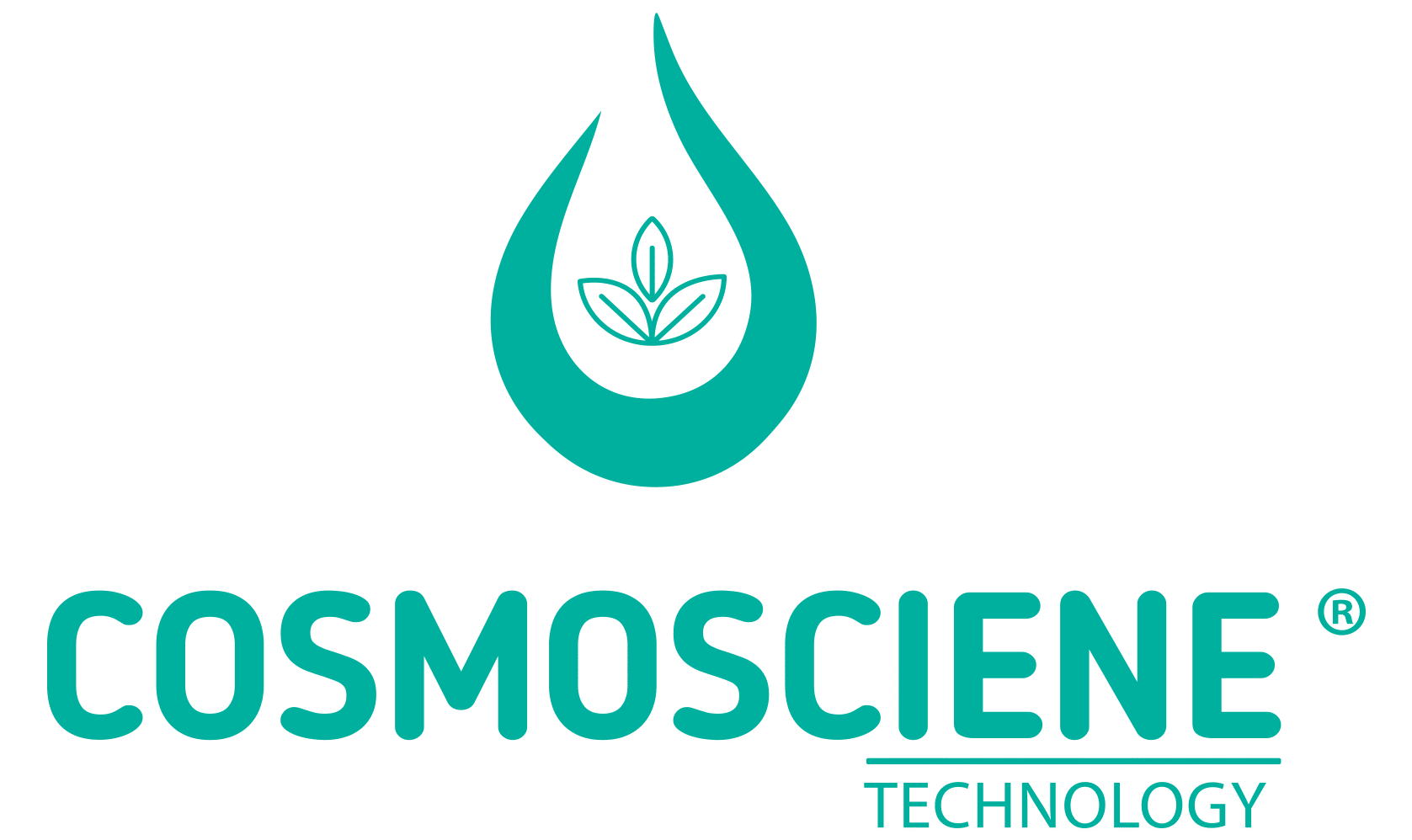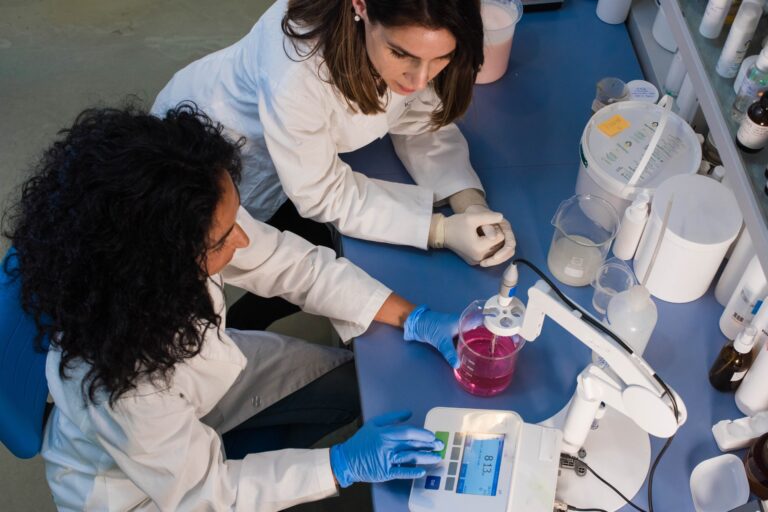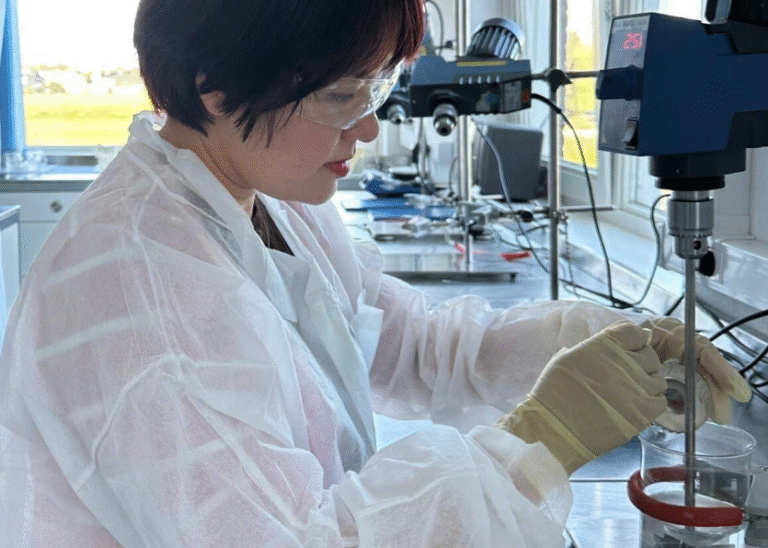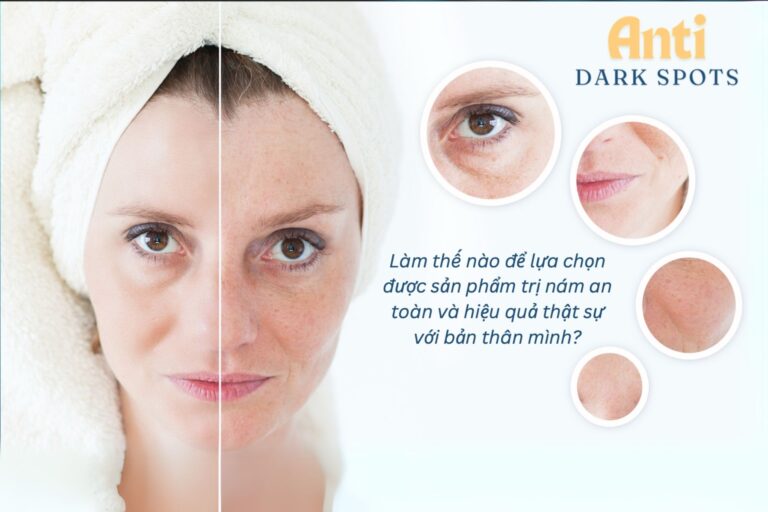Next-Generation Sunscreen Formulation: A Strategy Beyond UV Filters
Introduction
Formulating a sunscreen in the modern era is one of the most complex and sophisticated challenges in cosmetic science2. Today’s consumers are no longer seeking simple UV protection; they demand a holistic solution that offers comprehensive defense, is safe for their biology, friendly to the ecosystem, and provides a refined sensory experience.
To meet these demands, R&D teams require a systemic perspective that transcends the simplistic “physical versus chemical” debate. The real challenge lies in intelligently combining technologies to create a multi-layered protective shield—a philosophy we champion at Cosmosciene

The Scientific Foundation: Distinguishing the Core Mechanisms
The foundation of any sunscreen formula begins with a deep understanding of the two primary filter categories:
- Mineral (Inorganic) Filters: These act as a physical shield on the skin’s surface. Key ingredients like Titanium Dioxide (TiO₂) and Zinc Oxide (ZnO) primarily work by reflecting, scattering, and refracting UV rays before they can penetrate the skin. They offer broad-spectrum protection, are highly stable under light, and are considered a safe, reef-friendly choice for sensitive skin.
- Organic (Chemical) Filters: These operate on a chemical level. Organic compounds such as Avobenzone, Octocrylene, and Octinoxate absorb UV energy, convert it into a small amount of heat, and then release it from the skin. Their advantage lies in their lightweight texture, which allows for elegant, transparent formulations without a white cast.
The decision to use or combine these groups depends not just on their pros and cons, but on the product’s positioning and its specialized protection goals.
The Innovative Leap: When Sun Protection Is More Than UV Protection
Science has proven that UV radiation is only part of the story. Our skin also contends with attacks from Visible Light (VIS) and Infrared (IR) radiation. All three types of radiation can generate harmful Reactive Oxygen Species (ROS), such as Singlet Oxygen and Superoxide radicals.
These free radicals penetrate deep into the skin’s structure, causing oxidative stress that damages DNA, proteins, and cell membranes. This is the underlying cause of premature aging, a compromised skin barrier, hyperpigmentation, and wrinkles.
Therefore, a truly innovative sunscreen formulation cannot stop at UV filters. The solution is to integrate a potent and stable antioxidant system into the formula. Actives like Vitamin C, Vitamin E, Coenzyme Q10, or natural Carotenoids not only help neutralize ROS generated by UV but also defend the skin against damage from VIS and IR, delivering true 360-degree protection.
The Human-Centered Approach: Golden Rules for Formulation
From science and innovation, we move to practical application—where the philosophy of putting people and nature first is truly expressed1. To create a superior sunscreen, R&D teams must consider:
- On Filter Selection:
- Mineral: Prioritize high-tech surface-treated particles that minimize the white cast while ensuring a particle size large enough (>100nm) to not penetrate the skin.
- Chemical: Select next-generation filters with excellent safety profiles and high photostability, which are proven to have minimal impact on marine ecosystems.
- On Antioxidant Integration:
- Ensure the antioxidants are stabilized within the formula to prevent degradation from light exposure.
- The formula must facilitate their delivery to the deeper layers of the epidermis—where ROS are most active—to be effective.
- On the Formulation Base:
- The base should be designed to maintain an optimal pH, avoiding harsh surfactants and high concentrations of alcohol that can compromise the skin’s protective barrier.
Conclusion
The modern sunscreen equation is no longer an “either/or” choice between physical and chemical filters. The key lies in the intelligent combination of a synergistic system: Mineral Filters + Safe Chemical Filters + A Stable Antioxidant System.
This is the path for brands to create the next generation of sunscreens: safe, effective, comprehensively protective, and truly respectful of both the user’s skin and our planet






